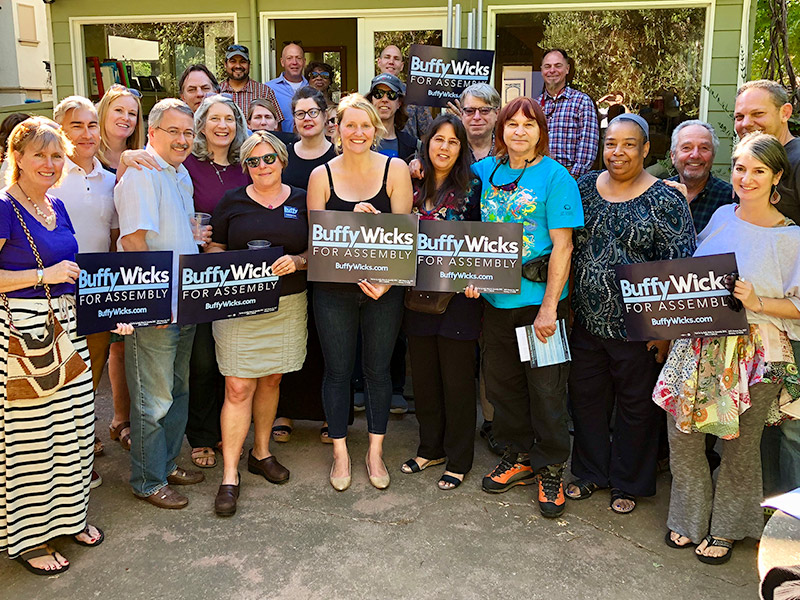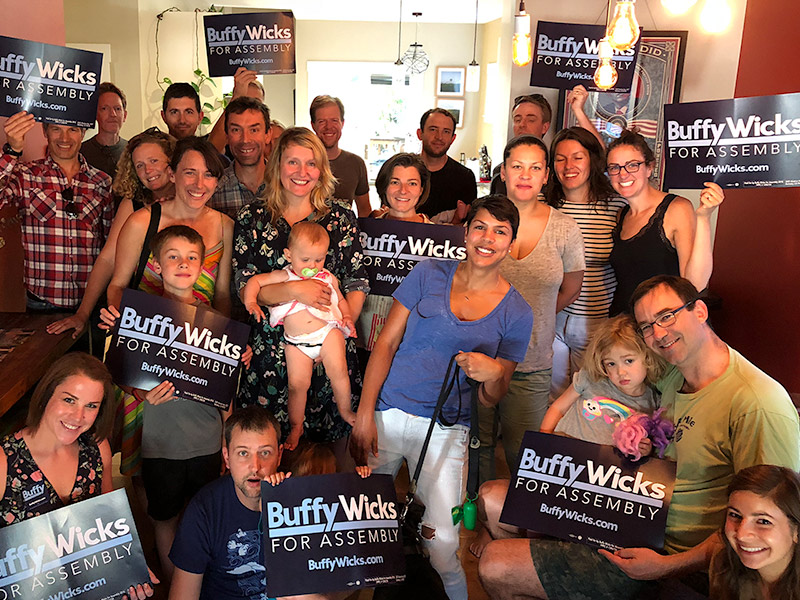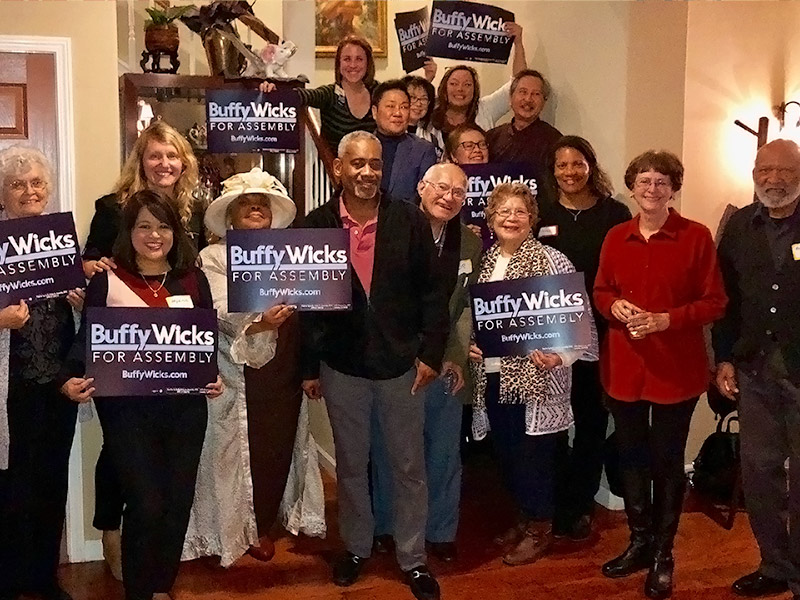



Combating the threat of wildfires
Last year was the costliest and most destructive wildfire season in California state history. And 2018 is seeing more of these unfortunate records being broken. The Ranch Fire just became the largest wildfire in state history.
As the daughter of a firefighter, my thoughts are with the over 14,000 brave men and women who are on the front lines fighting these fires. My dad fought wildfires for 35 years for the U.S. Forest Service, and I remember worrying whenever he was called out to help fight major fires as a child, though those days were nowhere near as frequent as they are now. And even though my dad is now retired, the need for firefighters has been so great – that he’s been called to help fight recent blazes. In fact, right now, he’s out helping fight a fire in Shasta County. He’s mentioned to me that there are even firefighters coming in from Australia and New Zealand to help fight the blazes here in California.
My dad and his colleagues of the U.S. Forest Service used to talk of “fire seasons” — now fires are a year-round threat. That the largest fire on record was ignited during the hottest month on record, is no coincidence. Climate change is driving the conditions that are allowing these fires to swell: we have more days of searing temperatures and dry conditions. This is causing more dead and dry vegetation to accumulate, which in turn feeds the flames that are breaking out in these dry heat conditions.
What can we do to address this new reality? Long-term California must stay the course and continue to lead on reducing greenhouse-gas emissions to fight climate change. I will be a strong and relentless champion for steering California toward a clean, renewable energy future by advocating for legislation that sets an ambitious 100% clean energy target by 2045.
In the shorter-term, we should do these three things to combat the threat of wildfires: 1) Work on ecosystem restoration – for decades, the stated policy of the U.S. Forest Service was to suppress any and all wildfires as soon as possible. While this seemed like a noble goal at the time, it has counterintuitively exacerbated our fire risk because it has led to greater accumulation of dry vegetation than is natural. Smaller natural wildfires would have burned off much of the dry vegetation that is now fueling these record-setting fires. We must thin out our unnaturally crowded forests using prescribed fire, to help prevent the buildup of flammable vegetation that feeds these extreme fires, 2) We must increase community preparedness – we must ensure that community leaders develop and deploy disaster plans to help with safety, security, and comfort in the event that fire strikes, and 3) Increase resources for wildfire response – we must secure funding for proper staffing levels and equipment resources, so our firefighting professionals have all they need for rapid response to wildfires.
https://www.sacbee.com/news/state/california/fires/article216545070.html

Email us: hello@buffywicks.com
Buffy Wicks for Assembly 2024. FPPC #1456909
